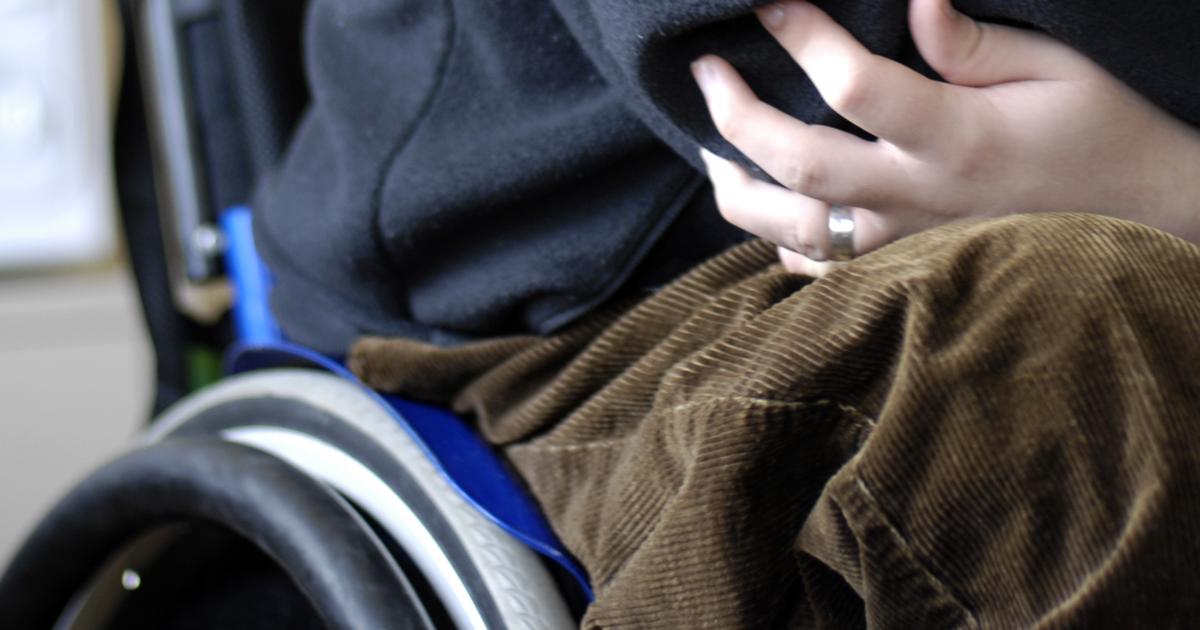What Is Conversion Disorder?
Complications Linked to Conversion Disorder

The most common complication that occurs with conversion disorder is for a patient to become disabled because of their symptoms. The disability they experience may be similar to a disability that occurs with a medical condition. The exact way this disability presents depends largely on how the physical symptoms present. Some patients have experienced blindness or hearing loss as a result of conversion disorder. Others might experience chronic, widespread pain throughout their entire bodies. Some individuals have joint pain and fatigue that can't be explained by other conditions. Others deal with ongoing muscle weakness and tenderness. Symptoms may become serious enough for an affected individual to need to use mobility devices like a wheelchair or cane. Not everyone who uses a wheelchair is completely unable to walk, but they may not be able to walk as far as an able-bodied person.
Continue reading to learn how doctors diagnose conversion disorder.
How To Properly Diagnose Conversion Disorder

Like many other disorders recognized in the Diagnostic and Statistical Manual of Mental Disorders Fifth Edition(DSM-5), a diagnosis of conversion disorder must meet specific criteria. For conversion disorder, the patient must experience at least one symptom altering a motor or sensory function (e.g., leg paralysis when trying to move legs), no physical explanation for the symptoms, and the symptoms must cause significant distress or deficits in daily life, social or professional situations, or require medical evaluation. In addition to these, there must not be a better explanation, such as another medical condition, for the symptoms. Diagnosing conversion disorder can stem from multiple health professionals, such as the patient’s primary doctor, as well as a psychologist or psychiatrist, as well as a neurologist, given the neurological indicators from conversion disorder.
Continue reading to learn about exclusions made during diagnosis next.
